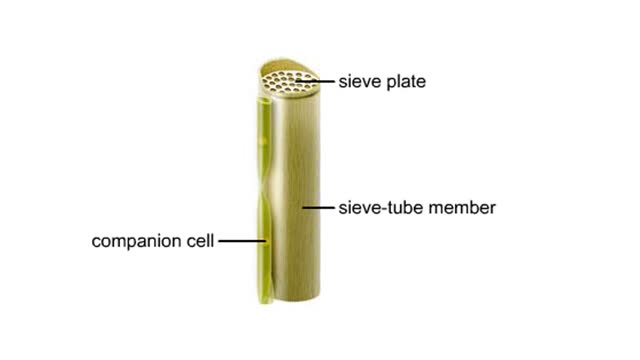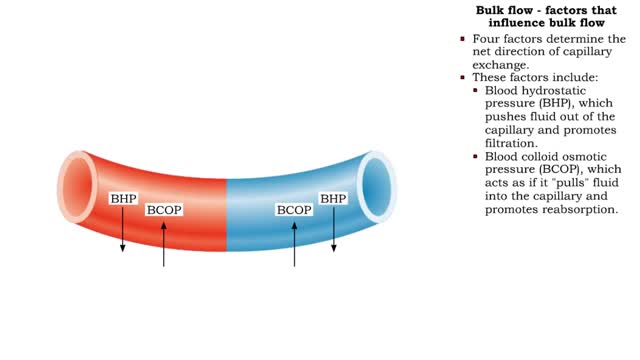Pressure Flow Model Animation
By: HWC
Date Uploaded: 07/28/2020
Tags: homeworkclinic.com Homework Clinic HWC Pressure Flow Model Animation phloem of a plant sieve tube of the phloem Differentially permeable membranes osmosis phloem sieve tube pressure flow model of phloem translocation sink cells active transport
This apparatus of beakers A and funnels simulates the flow of a sucrose solution in the phloem of a plant. The funnels and connecting tube represent a sieve tube of the phloem. Differentially permeable membranes cap the funnels at the source and sink ends, allowing water, but not sucrose, to cross. Let's consider an experiment A in which each funnel contains the same low concentration of sucrose. Water diffuses by osmosis into both funnels equally. Since neither funnel takes on more water, there is no net movement of the solution in the tube. As internal pressure builds, water no longer enters either funnel. Similarly, in a phloem sieve tube that contains equally low concentrations of sucrose along its length, a small amount of water enters the phloem by osmosis. However, the water enters equally along the length of the sieve tube, so there is no net movement of sucrose. In an experiment in which one funnel contains a high concentration of sucrose and the other contains a low concentration, water initially diffuses into both funnels, but soon only diffuses into the source end. As water flows into the source end, the solution is pushed through the tube and water is forced out the other end. Now consider a sieve tube that contains a high concentration of sucrose at one end and a low concentration at the other. Water initially flows by osmosis into both ends, but flows much more abundantly into the source end. This incoming water at the source end pushes the sucrose solution through the tube. In the accompanying animations, we described the pressure flow model of phloem translocation, which is currently the most widely accepted model for how translocation occurs. In the first step of this model, sugar (mainly sucrose) is actively transported from source cells into the sieve tubes of the phloem. The addition of sucrose into the sieve tubes increases the concentration of this solute, causing water to flow into the sieve tubes by osmosis. With the entry of water, the sieve tube pressure near the source cells increases and forces the solution to move to regions of lower pressure. At the regions of lower pressure, sink cells remove the sucrose by active transport. As the sink cells pull the solute out of the phloem, water leaves the phloem by osmosis, passing to neighboring tissues that have higher solute concentrations. The retreating water reduces the pressure in this region of the sieve tubes and encourages fluid to continue to flow from regions of higher pressure. At different times of the year, a tissue may act as a source or a sink. For example, when leaves of a plant are young, they require more nutrients to grow than they can produce, and therefore they act as sinks. However, when the leaves have reached maturity, they make abundant sugars and act as sources. In the autumn, the plant translocates much of its sugar to storage organs such as stems and roots, which act as sinks and store it over winter in the form of starch. In the spring, these storage organs then act as sources, releasing this sugar for use by the rest of the budding and flowering plant.
Add To
You must login to add videos to your playlists.
Advertisement












Comments
0 Comments total
Sign In to post comments.
No comments have been posted for this video yet.